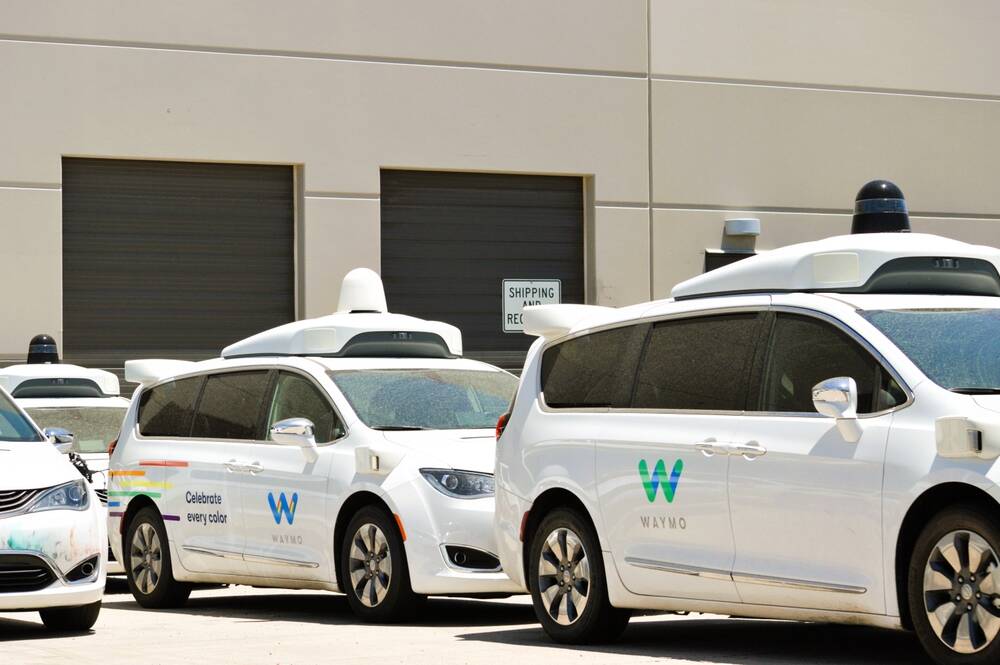fromynetglobal
6 hours agoAI startup Enso produces full ad campaign in six hours for $150
Enso, which operates a Vibe Automation platform for building and managing agents, has produced an advertising campaign that showcases the capabilities of advanced AI tools through its method of creation. The campaign, titled " produced in just six hours at a cost of $150, spent entirely on AI tools, without hiring actors or professional crews. Enso said a similar campaign about a year ago would have taken about a month and cost $10,000 to $20,000, requiring a full production team, actors, a professional voice actor, locations, coordinated shoot days and post-production editing.
Artificial intelligence


.jpg)
























